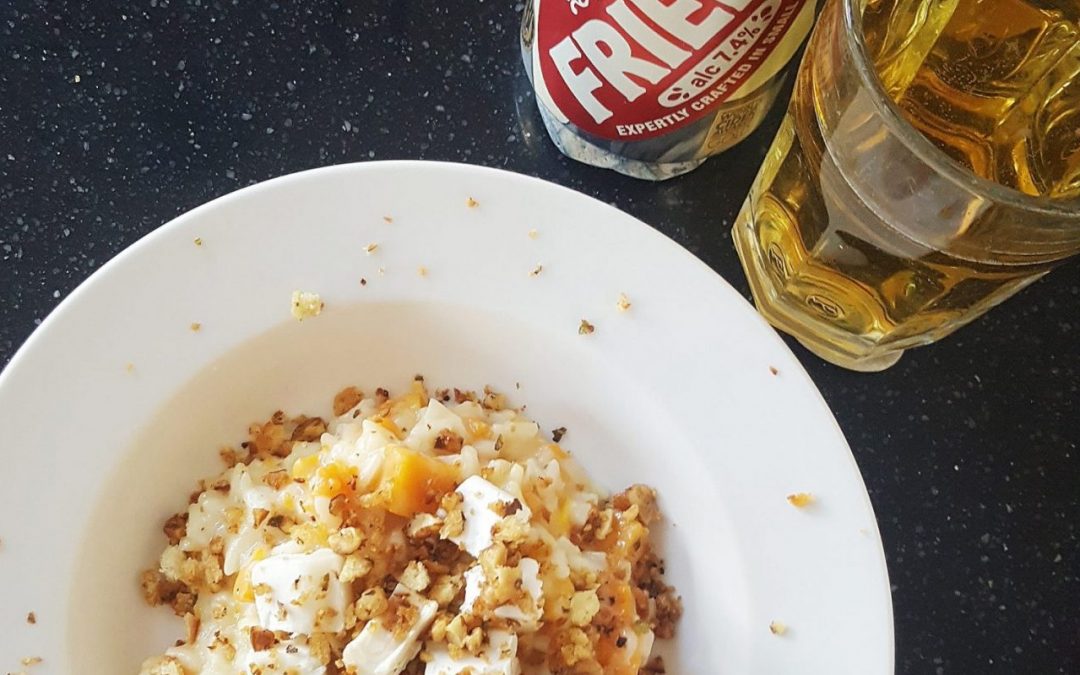
Cider makers bring cheer to Westminster
Gordon Johncox, the chair of the National Association of Cider Makers (NACM) and the chief executive of Aston Manor Cider, addressed MPs, government officials and industry figures to outline a British success story in need of support.
Gordon outlined how collaboration across the industry by cider makers of all scales is a positive feature, though the hard-pressed sector still needs support from government.
As a relatively small industry, representing the best interests of every cider maker informs all aspects of activity of the NACM. The vision of the association is that all producers can operate successfully and fairly in a competitive market, whilst continuing to support their communities, employees and apple growers.
To enable this, he called for a balanced regulatory environment for cider makers reflecting the unique circumstances of producers. In particular, MPs, Ministers and officials were urged to deliver a consistent application of regulations.
Gordon challenged the Government’s willingness to understand the specific situations of cider makers. While headlines from the Autumn budget stated that cider duty was frozen, ciders in the middle duty band received a 25% tax increase, impacting many small cider makers.
Following his speech, Gordon commented: “Cider businesses of all sizes are working hard to deliver a sustainable future for the benefit of consumers and the rural environment. The industry is a significant part of British heritage.
“We need the support of politicians to work with us to return cider to more positive results, remove red tape and the unnecessary rules that limit innovation and investment. This support can enable cider makers produce fantastic products that interest in our category.
“We work to see every cider maker flourish and grow in line with their ambitions, whilst maintaining the highest standards. We firmly believe that with our collaborative nature and how we support one another this can be achieved when we can rely on consistent and sensible legislation.
“In recent months we have seen members providing orcharding experts when others experience weather related problems, large companies have supported smaller producers to expand their packaging ranges. When something is challenging or if advice is needed, small producers will always be supported, and to me, this is why the UK cider industry is so very special.”
The Parliamentary Cider Group Reception was an opportunity to showcase the best of British cider, which is home to the largest cider market in the world. The evening was attended by cider makers from across the South West, Midlands and further afield, as well as many MPs that represent cider making regions within their constituencies.

The NACM is the UK cider industry representative body, working on behalf of large and small producers:
- Website: cideruk.com
- Twitter: @NACMCiderMakers
- Facebook: @NACMCiderMakers
- Instagram: @NACMCiderMakers
- LinkedIn: linkedin.com/company/cideruk/
For press and other enquiries please use our contact form.



